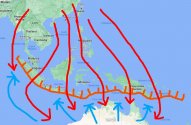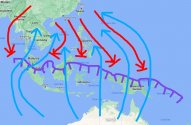The much talked about war game from last year was finished and the results published. :
The conclusion favors US intervention in the analyzed timeframe: 2023 - 2026.
The US, Japan and Taiwan were able to foil a Chinese invasion, albeit at heavy losses. Two USN carrier were sunk, including two dozen more surface combatants. Hundreds of US aircraft were destroyed, 90% of which on the ground.
Unlike in Ukraine, it was impossible to resupply Taiwan throughout the conflict.
China lost upwards of 100 ships. US bombers inflicted devastating damage before they ran out of missiles in day 4. US submarines wreaked havoc throughout the conflict.
The conclusion favors US intervention in the analyzed timeframe: 2023 - 2026.
The US, Japan and Taiwan were able to foil a Chinese invasion, albeit at heavy losses. Two USN carrier were sunk, including two dozen more surface combatants. Hundreds of US aircraft were destroyed, 90% of which on the ground.
Unlike in Ukraine, it was impossible to resupply Taiwan throughout the conflict.
China lost upwards of 100 ships. US bombers inflicted devastating damage before they ran out of missiles in day 4. US submarines wreaked havoc throughout the conflict.


